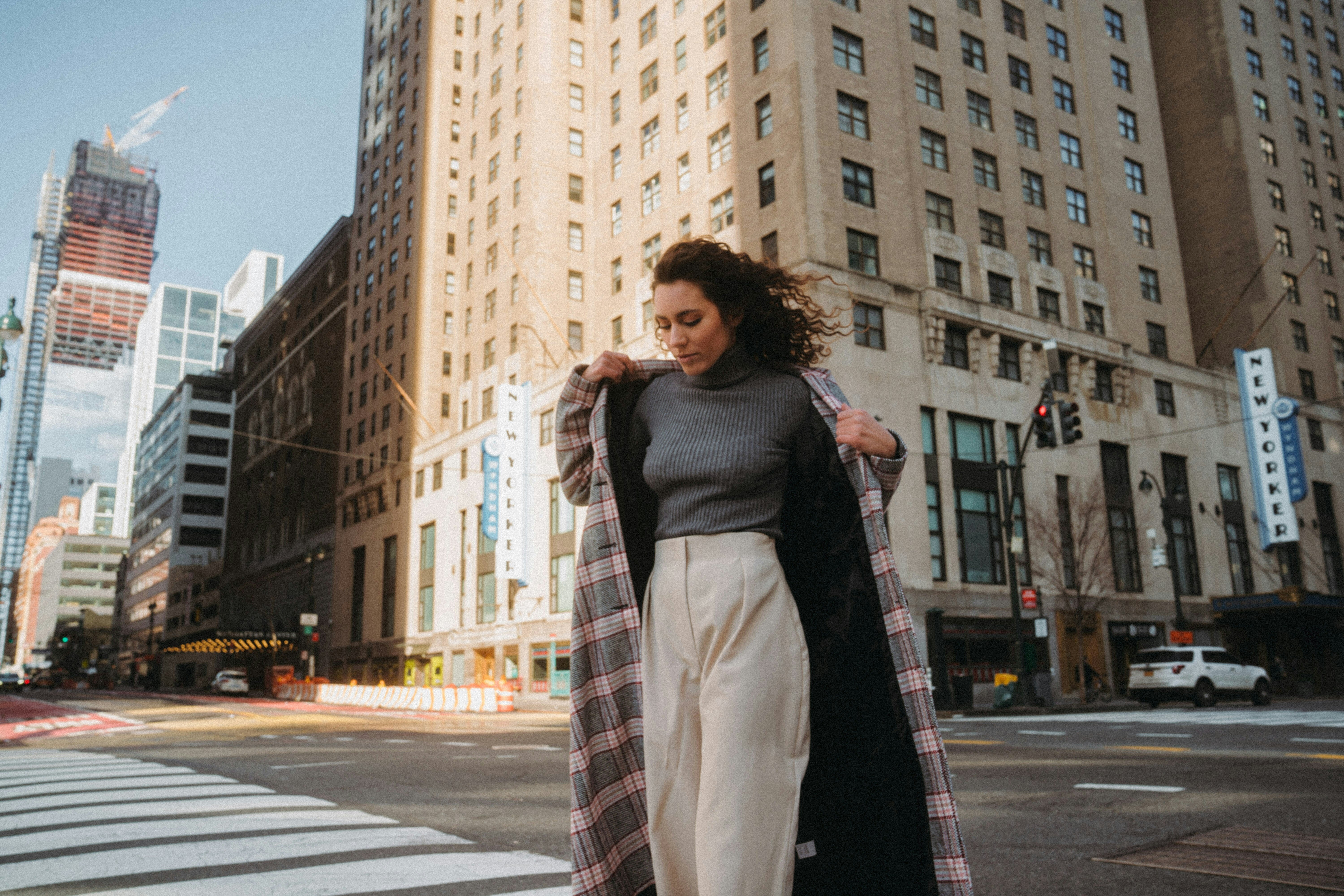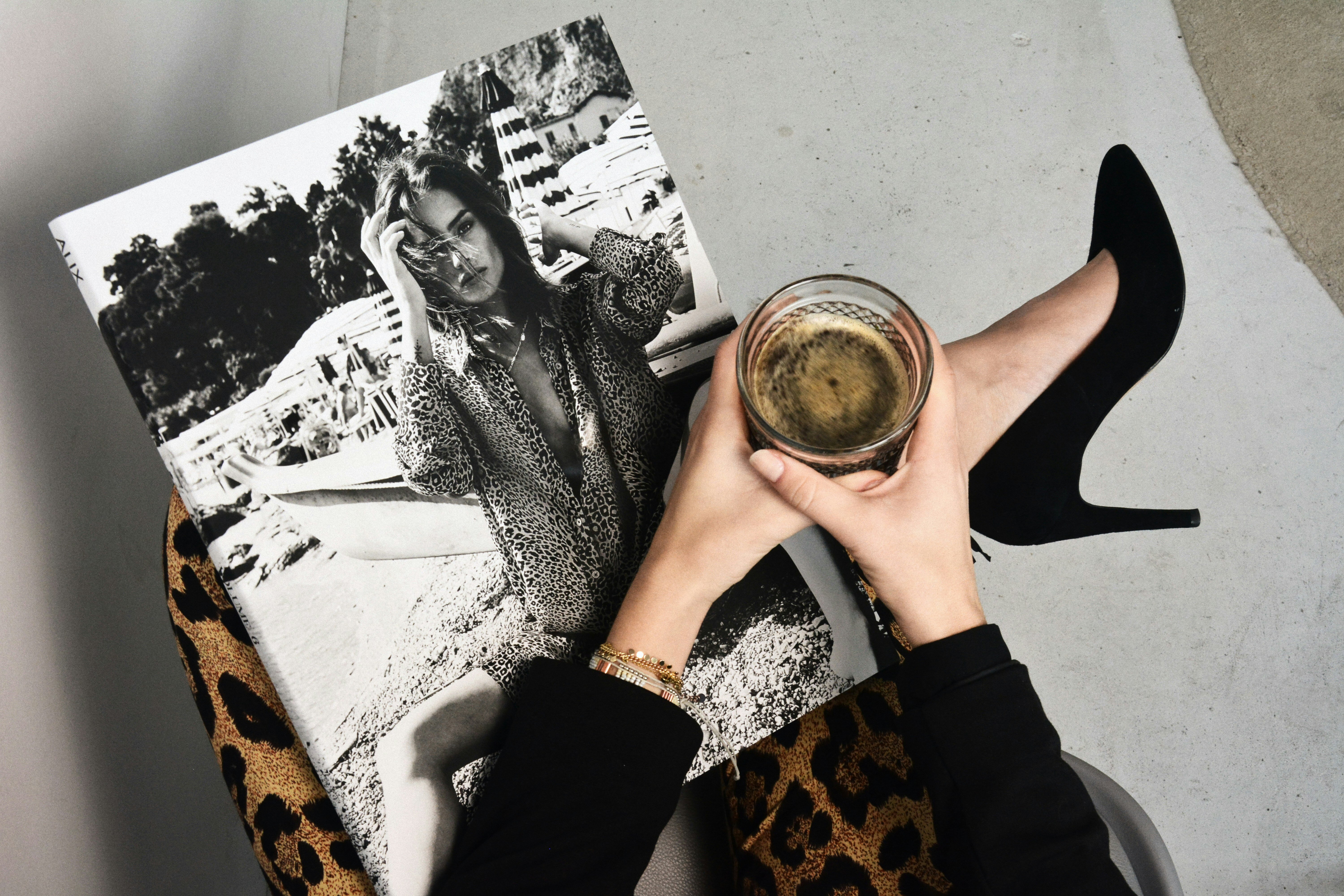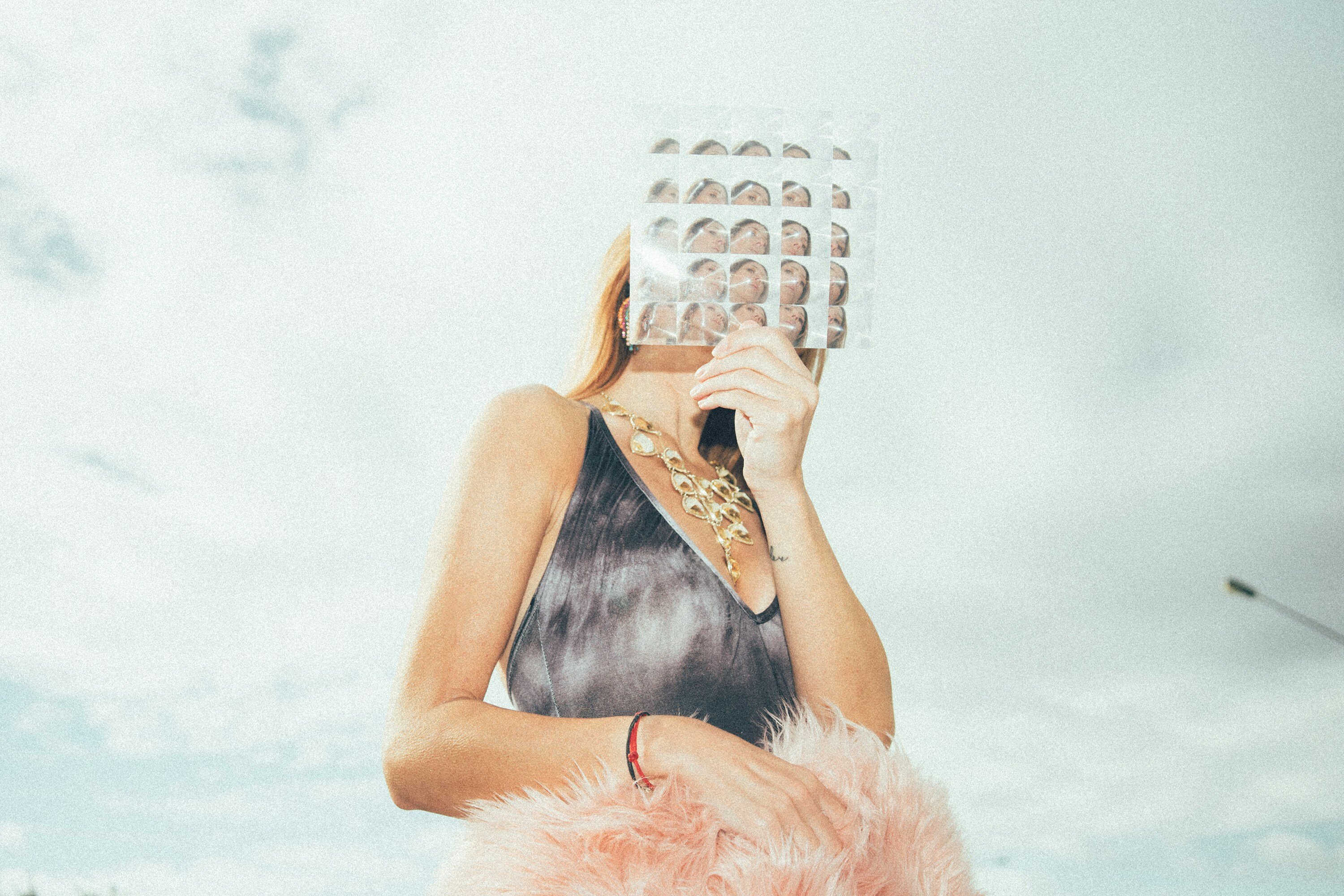Table of Contents
- Introduction to the impact of photography on the fashion industry
- The historical relationship between photography and fashion
- The role of photography in shaping fashion trends
- How photography has changed the way we perceive fashion
- The influence of photography on fashion advertising
- The power of social media: Fashion photography in the digital age
- The importance of photography in fashion journalism
- The future of fashion photography: Trends and predictions
- Showcase your photography with Portfoliobox
- Conclusion
The intersection of photography and the fashion industry has created a symbiotic relationship that has propelled both fields into new heights of creativity and influence. This dynamic interplay has not only changed the way we consume fashion but has also dramatically altered its production, dissemination, and reception. This article explores the profound effects photography has had on the fashion industry, from its historical roots to its current status in the digital age, and looks ahead to what the future may hold for this powerful partnership.

Introduction to the impact of photography on the fashion industry
The impact of photography on the fashion industry cannot be overstated. It has transformed fashion from a niche, elite domain into a global phenomenon accessible to all. Photography has allowed fashion to transcend physical and temporal boundaries, reaching audiences far and wide, at any time. It has also democratized fashion, providing a platform for diverse voices and perspectives to be heard and seen. Through its lens, fashion photography not only documents style but also becomes a form of artistic expression, pushing the boundaries of creativity and innovation.
The relationship between photography and fashion is a testament to the power of visual storytelling. Through captivating images, photographers convey emotions, tell stories, and create a connection between the viewer and the subject. This visual narrative is particularly effective in the fashion industry, where the allure of aesthetics plays a crucial role. Photography brings fashion to life, making it more relatable, desirable, and ultimately, more influential.
Furthermore, photography plays a crucial role in the branding and marketing of fashion. In an industry where image is everything, photography is the tool that shapes and communicates a brand's identity, values, and vision. Through carefully curated images, fashion brands can create a distinct, recognizable presence that resonates with their target audience, setting the stage for a deeper engagement with their products.
The historical relationship between photography and fashion
The historical relationship between photography and fashion is rich and multifaceted, dating back to the 19th century. Initially, fashion was documented through illustrations, but the advent of photography brought about a significant shift. Photographs offered a more accurate and detailed representation of fashion, providing a new level of authenticity and immediacy to fashion documentation.
The early 20th century saw the rise of fashion photography as a distinct genre, with photographers exploring the creative potential of this medium. Iconic photographers like Edward Steichen, Cecil Beaton, and Richard Avedon not only captured fashion but also elevated it to an art form. Their work in leading fashion magazines helped to establish the visual language of fashion photography and set the standards for excellence.
As the century progressed, fashion photography continued to evolve, reflecting and shaping the changing trends and attitudes of society. The 1960s and 1970s, for instance, witnessed a move towards more candid, spontaneous styles of photography, mirroring the era's spirit of freedom and rebellion. Fashion photography became a mirror of cultural, social, and political shifts, documenting the evolving definitions of beauty, style, and identity.
The role of photography in shaping fashion trends
Photography's role in shaping fashion trends is undeniable. Through powerful imagery, photographers have the ability to highlight certain styles, fabrics, and silhouettes, making them desirable to the public. This visual endorsement can catapult a specific trend into mainstream popularity, influencing what people wear across the globe.
Fashion photographers often collaborate closely with designers, stylists, and magazines to create images that not only showcase clothing but also suggest new ways of wearing and interpreting fashion. This creative synergy can lead to the birth of groundbreaking trends that define entire eras. For instance, the supermodel phenomenon of the 1990s, immortalized by photographers like Mario Testino and Peter Lindbergh, had a profound impact on fashion, elevating models to celebrity status and influencing fashion preferences worldwide.
Moreover, photography has the power to bring niche or avant-garde fashion to a broader audience. By presenting these styles in a visually appealing manner, photographers can make them more accessible and appealing, encouraging experimentation and diversity in fashion.
How photography has changed the way we perceive fashion
Photography has fundamentally changed the way we perceive fashion, altering our engagement with fashion from a passive to an active experience. In the past, fashion was something one had to physically seek out, either by attending fashion shows, visiting boutiques, or flipping through magazines. However, with the proliferation of fashion photography, especially online, fashion has become an omnipresent force in our lives.
This constant exposure to fashion imagery has made us more visually literate, able to decode complex messages about style, identity, and culture through a single photograph. It has also raised our expectations of fashion, pushing designers and brands to continuously innovate and surprise us with their creations.
Furthermore, photography has democratized fashion, breaking down the barriers of exclusivity that once defined the industry. Social media platforms, powered by fashion photography, have given a voice to diverse fashion influencers who challenge traditional norms and showcase alternative perspectives on style. This inclusivity has enriched the fashion landscape, making it more varied, vibrant, and accessible to all.

The influence of photography on fashion advertising
In fashion advertising, photography is not just a tool but a critical element that can make or break a campaign. The right photograph can capture the essence of a brand, conveying its message and values in a way that resonates with consumers. Through imagery, brands can create a narrative that engages the viewer, evoking emotions and desires that drive purchase decisions.
Photographers play a key role in translating a brand's vision into compelling visual stories. Their creative input can help to differentiate a brand in a crowded market, creating iconic images that stand the test of time. For instance, the Calvin Klein campaigns of the 1990s, shot by photographers like Bruce Weber and Herb Ritts, not only sold products but also sold a lifestyle that consumers aspired to.
Furthermore, photography in fashion advertising has evolved with technology, embracing digital platforms and interactive formats to reach audiences in innovative ways. From immersive online experiences to dynamic social media content, photography continues to be at the forefront of fashion advertising, captivating and engaging consumers in the digital age.
The power of social media: Fashion photography in the digital age
The advent of social media has revolutionized fashion photography, amplifying its reach and impact. Platforms like Instagram, Pinterest, and TikTok have become virtual runways, where fashion is showcased, consumed, and shared by millions of users daily. This democratization of fashion photography has leveled the playing field, allowing emerging designers, independent brands, and unconventional models to gain visibility and influence.
Social media has also fostered a culture of immediacy and interactivity in fashion photography. Users can react to, comment on, and share their favorite fashion images in real-time, creating a dynamic conversation around fashion that spans the globe. This interaction not only boosts the visibility of fashion content but also creates a sense of community among users, united by their shared love for fashion.
Moreover, social media has given rise to influencer culture, where individuals with large followings can sway fashion trends and purchasing decisions. Influencers often collaborate with brands to create sponsored content, blending editorial-quality photography with personal storytelling. This authentic, relatable approach to fashion photography has proven to be highly effective in engaging and influencing today's consumers.
The importance of photography in fashion journalism
Photography holds a place of paramount importance in fashion journalism, serving as both a reporting tool and a storytelling medium. In fashion magazines, newspapers, and online publications, photographs provide a visual context for the written word, enriching the narrative and drawing readers into the story. High-quality, evocative images can convey the atmosphere of a fashion show, the details of a garment, or the personality of a designer, adding depth and dimension to journalistic coverage.
In addition to illustrating articles, photography in fashion journalism often stands alone as a form of reportage. Photo essays and editorials can tell a story purely through images, relying on composition, lighting, and subject matter to communicate ideas and emotions. This visual storytelling is a powerful way to explore fashion themes, from the beauty of craftsmanship to the complexities of identity and representation in fashion.
Furthermore, photography plays a critical role in documenting the history and evolution of fashion. Through the lens of photographers, we can witness the changing trends, styles, and cultural significances of fashion over the years. This archival function of photography ensures that the legacy of fashion is preserved for future generations, providing a rich visual resource for researchers, designers, and enthusiasts alike.
The future of fashion photography: Trends and predictions
As we look ahead, the future of fashion photography appears to be marked by continued innovation and transformation. Technological advancements, such as augmented reality (AR) and virtual reality (VR), are set to redefine the way we create and consume fashion photography. These technologies offer new possibilities for immersive, interactive experiences, allowing viewers to engage with fashion in unprecedented ways.
Sustainability and ethics are also becoming increasingly important themes in fashion photography. As awareness of the environmental and social impact of the fashion industry grows, photographers are using their work to advocate for change. This includes highlighting sustainable fashion practices, celebrating diversity and inclusivity, and challenging traditional beauty standards.
Moreover, the lines between fashion photography and art are blurring, with photographers pushing the boundaries of the medium to explore new aesthetic and conceptual territories. This experimental, avant-garde approach is opening up new avenues for creative expression and dialogue within the fashion industry.
Showcase your photography with Portfoliobox
For photographers looking to showcase their work, Portfoliobox offers a powerful platform that combines ease of use with a range of customizable features. Whether you're a seasoned professional or an aspiring newcomer, Portfoliobox allows you to create a stunning online portfolio that reflects your unique style and vision. With its intuitive interface and flexible design options, you can easily upload your fashion photography, organize your projects, and share your portfolio with the world. Discover how Portfoliobox can help you take your fashion photography to the next level.

Conclusion
The impact of photography on the fashion industry is profound and far-reaching, shaping how we create, consume, and understand fashion. From its historical roots to its current incarnation in the digital age, photography has been an integral part of fashion's evolution, driving trends, influencing perceptions, and capturing the beauty and complexity of fashion. As we look to the future, photography will undoubtedly continue to play a pivotal role in the fashion industry, reflecting its changing landscapes and exploring new horizons.












